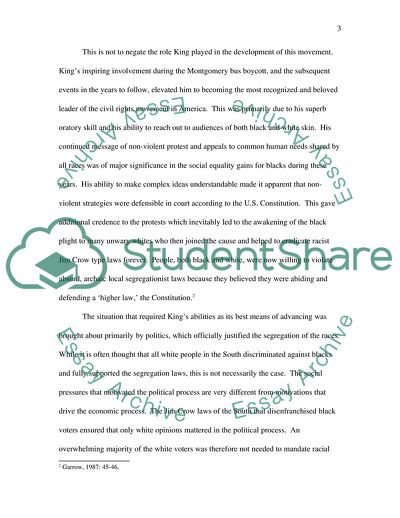Cite this document
(Civil Rights Timeline: Martin Luther King Assignment, n.d.)
Civil Rights Timeline: Martin Luther King Assignment. https://studentshare.org/sociology/1707074-how-beneficial-was-martin-luther-kings-contribution-to-the-civil-rights-movement
Civil Rights Timeline: Martin Luther King Assignment. https://studentshare.org/sociology/1707074-how-beneficial-was-martin-luther-kings-contribution-to-the-civil-rights-movement
(Civil Rights Timeline: Martin Luther King Assignment)
Civil Rights Timeline: Martin Luther King Assignment. https://studentshare.org/sociology/1707074-how-beneficial-was-martin-luther-kings-contribution-to-the-civil-rights-movement.
Civil Rights Timeline: Martin Luther King Assignment. https://studentshare.org/sociology/1707074-how-beneficial-was-martin-luther-kings-contribution-to-the-civil-rights-movement.
“Civil Rights Timeline: Martin Luther King Assignment”. https://studentshare.org/sociology/1707074-how-beneficial-was-martin-luther-kings-contribution-to-the-civil-rights-movement.


